In a dazzling display of innovation and ambition, Virgin Galactic has unveiled its next-generation space tourism vehicle, setting a new benchmark in the burgeoning space travel industry. This latest development from Sir Richard Branson’s pioneering company not only promises to enhance the commercial spaceflight experience but also paves the way for more accessible and frequent journeys beyond Earth’s atmosphere.
Overview of the New Space Tourism Vehicle
Virgin Galactic’s new spacecraft, named the VSS Unity II, is an evolution of its predecessor, incorporating advanced materials, improved propulsion systems, and cutting-edge safety features. Designed to carry six passengers and two pilots, this vehicle aims to provide a more comfortable and immersive experience for space tourists.
Key Features and Innovations
- Enhanced Propulsion System: The VSS Unity II features a hybrid rocket motor, which offers greater control and a smoother ride during the ascent and descent phases of the flight.
- Improved Cabin Design: The cabin has been redesigned for maximum comfort and space efficiency, with larger windows for enhanced viewing of Earth from space.
- Advanced Safety Systems: New safety systems include enhanced computer-controlled stabilization and emergency response features, ensuring higher safety standards during space travel.
The Impact on Space Tourism
The unveiling of the VSS Unity II marks a significant milestone in the commercial space tourism sector. Virgin Galactic’s efforts to refine and improve its spacecraft design reflect a commitment to making space travel more enjoyable and accessible to the public.
Market Expansion
With the introduction of the VSS Unity II, Virgin Galactic is poised to increase the frequency of its flights, potentially lowering costs and opening up space tourism to a broader audience. This expansion is expected to catalyze growth in the space tourism market, inspiring more companies to invest in similar technologies.
Enhancing the Passenger Experience
The focus on passenger comfort and viewing capabilities in the VSS Unity II is likely to enhance the overall customer experience, making the journey into space not just thrilling but also more enjoyable and memorable.
Challenges and Opportunities
Despite the excitement surrounding the new spacecraft, Virgin Galactic faces several challenges and opportunities in the space tourism industry:
- Regulatory Hurdles: As space tourism ventures into new territories, regulatory frameworks will need to evolve to ensure safety and sustainability.
- Technological Reliability: Continuous improvements in technology and rigorous testing are essential to minimize risks associated with space travel.
- Public Perception and Demand: Building consistent and sustainable demand for space tourism involves shaping positive public perception and ensuring the experience is worth the investment.
Future Prospects
Looking ahead, Virgin Galactic plans to commence commercial operations with the VSS Unity II, conducting regular flights from Spaceport America in New Mexico. The company also envisions establishing additional spaceports around the world to cater to international customers, further expanding its global footprint.
Collaboration and Innovation
Virgin Galactic continues to collaborate with aerospace experts and innovators to enhance its spacecraft designs and operational efficiencies. These partnerships are crucial for advancing the technology necessary to sustain long-term commercial spaceflight.
Conclusion
Virgin Galactic’s unveiling of the VSS Unity II represents a forward leap in space tourism, offering more sophisticated and user-friendly experiences for travelers. As the company moves closer to regular commercial operations, the dream of space travel for the average person becomes increasingly tangible. Virgin Galactic is not just opening the door to the cosmos for the wealthy few but is also igniting a new era of exploration that could one day be accessible to all.









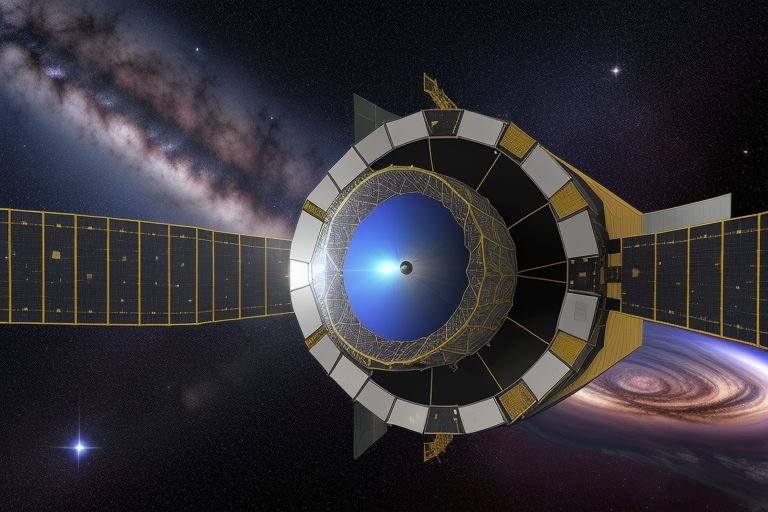




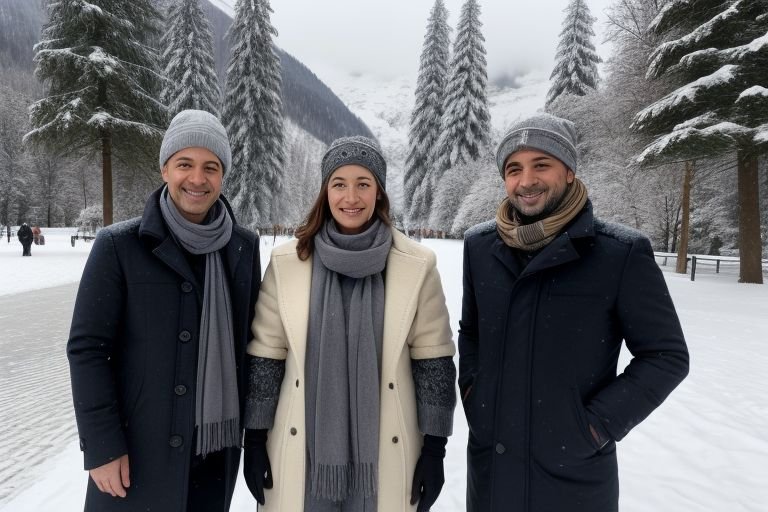

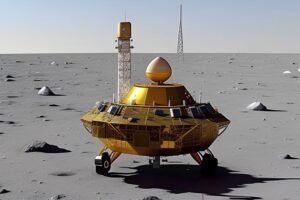



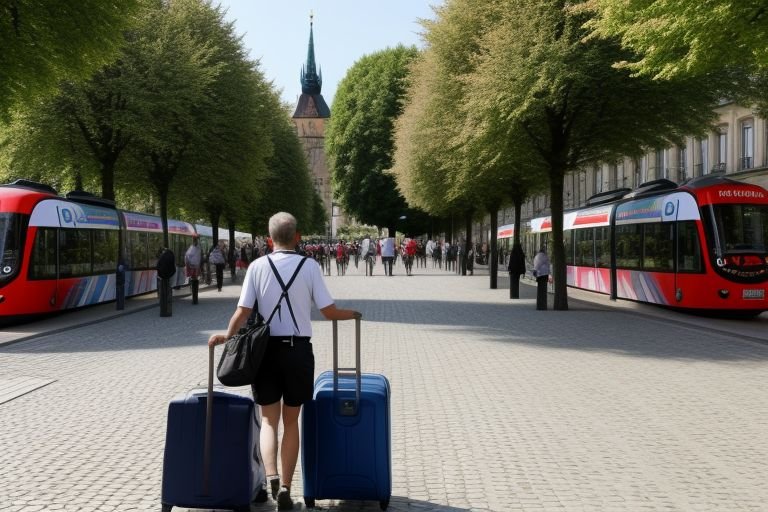
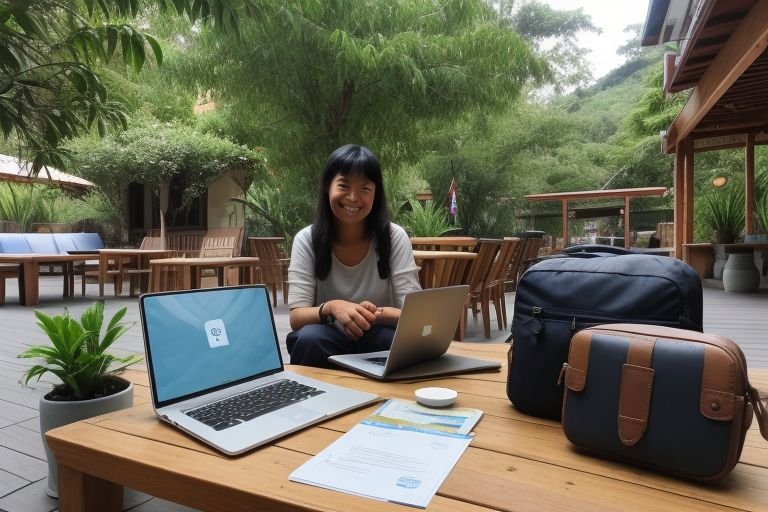

+ There are no comments
Add yours